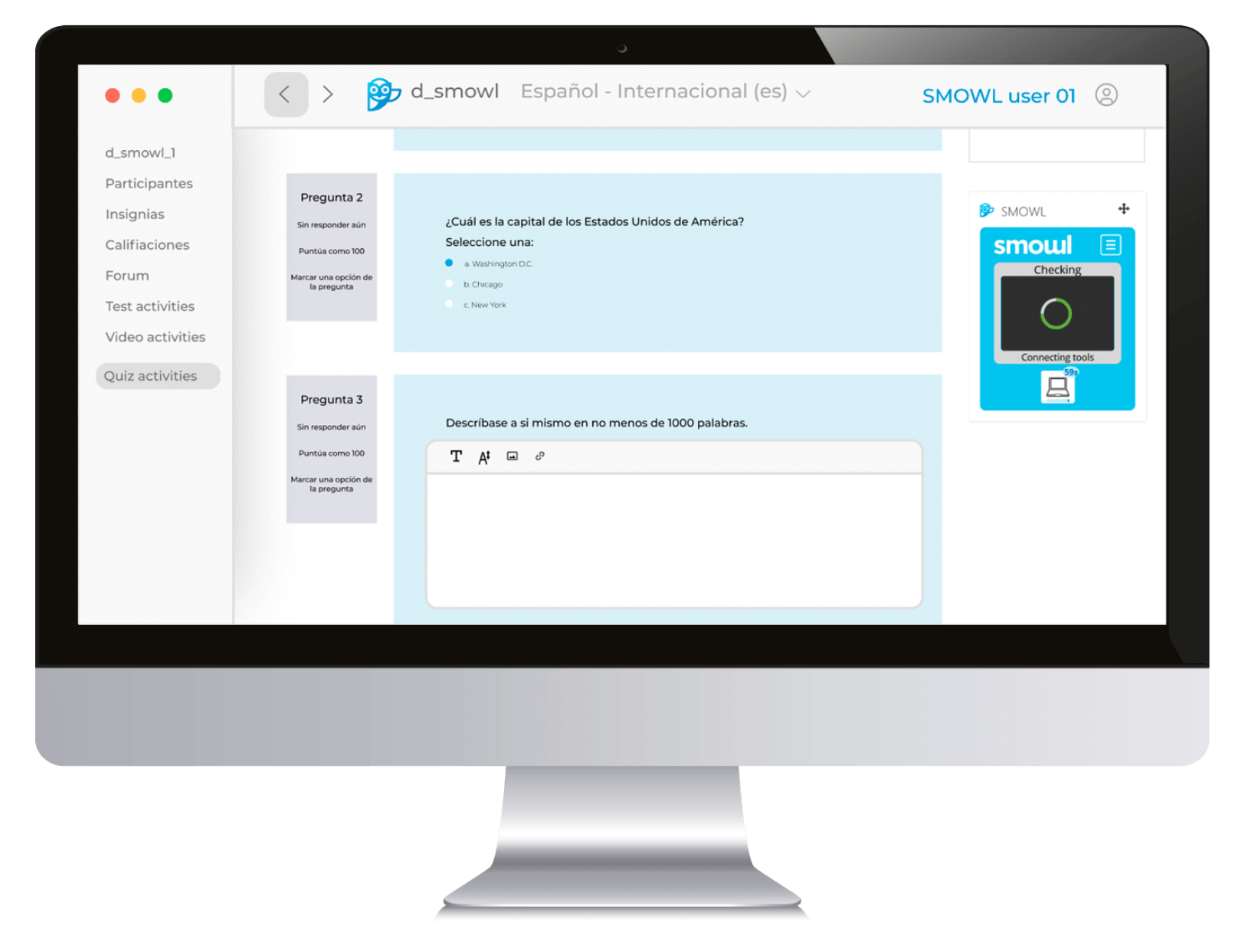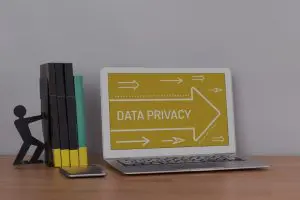Blended learning combines the best of digital platforms’ convenience with the human interaction generated in physical classrooms.
It is an alternative to traditional education that has emerged as an innovative paradigm, merging the flexibility of online learning with the richness of face-to-face interaction.
In this article, we will explore how this educational modality transforms how students and teachers approach the teaching and learning process.
What is blended learning?
Blended learning, also known as hybrid education, combines the benefits of two worlds: the convenience of online platforms and the human connection of physical classrooms.
This approach allows students to engage in virtual activities while maintaining valuable contact with peers and teachers.
This educational model is not just about replicating traditional classes in a digital environment but leveraging the advantages of both methods to provide a richer and more personalized experience.
Furthermore, blended learning adapts to different educational levels, from primary to higher education, enabling a personalized experience.
It is not limited to the educational sector alone and is also a useful solution for implementing training in corporate environments.
Subscribe today to SMOWL’s weekly newsletter!
Discover the latest trends in eLearning, technology, and innovation, alongside experts in assessment and talent management. Stay informed about industry updates and get the information you need.
Simply fill out the form and stay up-to-date with everything relevant in our field.
Classes and exams in blended learning. How does it work?
In blended learning, class delivery requires a smart combination of face-to-face and virtual methods.
Teachers can use digital platforms, such as Learning Management Systems (LMS), to facilitate content delivery, offering videos, interactive presentations, and downloadable materials.
At the same time, face-to-face classes allow direct interaction, problem-solving, and the creation of an enriching learning environment.
On the exam front, monitoring exams in a blended context presents unique challenges, but effective strategies such as remote proctoring exist to ensure academic integrity and fairness in assessments. Proctoring technologies, like SMOWL’s plans, are well-received by both faculty and students, as demonstrated by Nuria Segovia-García’s article on student acceptance of supervised exams through e-proctoring tools, published in the psychology journal Aloma at Universitat Ramon Llull.

Advantages of blended learning
Blended learning helps us go beyond the established limits of traditional education, bringing with it a series of advantages or benefits that we will share with you below.
Flexibility and Personalization
Blended learning stands out for its flexibility, offering students the opportunity to learn at their own pace.
Personalizing the educational process becomes key, allowing each individual to tackle academic challenges uniquely. Instead of being tied to fixed schedules, students can access online study materials and participate in discussions at their convenience.
This not only facilitates a balance between academic and personal life but also enables educators to adapt content according to individual needs.
Development of digital skills
Immersing students in a virtual environment fosters the development of digital skills, an essential competence in the modern world.
Students acquire not only academic knowledge but also technological skills that prepare them for the future.
Managing online platforms, participating in video conferences, and using collaborative tools are increasingly crucial skills in today’s digital society.
Blended learning not only teaches academic concepts but also imparts practical skills to thrive in a technologically advanced environment.
Meaningful Interaction
Despite physical distance, blended learning does not sacrifice interaction. Through video conferences, online forums, and collaborative projects, students build meaningful connections, enriching their educational experience.
The ability to interact with peers and teachers from various geographical locations broadens perspectives and promotes intercultural understanding. This enhanced interaction goes beyond the physical boundaries of a traditional classroom, fostering a sense of global community.

Challenges and solutions in blended learning
While blended learning through technology is a powerful facilitator, it can also present some challenges that we mention below.
Breaking technological barriers
The digital divide is a reality, but blended learning seeks to address it by implementing solutions such as device access programs and internet connectivity for all. Recognizing and addressing disparities in technology access is imperative.
Coordinated efforts among educational institutions, governments, and organizations can ensure that every student has access to the necessary tools for full participation in blended learning.
Lack of motivation
Maintaining motivation is essential in any learning modality. Blended learning addresses this challenge by creating engaging learning experiences, gamifying the classroom, and incorporating interactive activities that spark curiosity.
Educators play a crucial role in creating a motivating environment.
Incorporating playful elements, practical assignments, and stimulating challenges can keep students engaged and excited about the learning process.

The future of education is blended
Blended learning is not just a temporary solution; it offers a glimpse into the future of education.
Sustainable technology integration involves constant adaptation, leveraging digital tools to enrich teaching and prepare students for a constantly changing world.
The future of education requires ongoing collaboration between educators, technology developers, and policymakers.
Successful technology integration in education demands a strategic approach and long-term planning to ensure all benefits are accessible to all.
SMOWL’s proctoring plans can help you on this journey. Request a free demo and discover a new form of education. The education of the future.
Download now!
8 interesting
facts
about proctoring
Discover everything you need about online proctoring in this book to know how to choose the best software.
Fill out the form and download the guide now.
And subscribe to the weekly SMOWL newsletter to get exclusive offers and promotions.
You will discover all the trends in eLearning, technology, innovation, and proctoring at the hands of evaluation and talent management experts.






